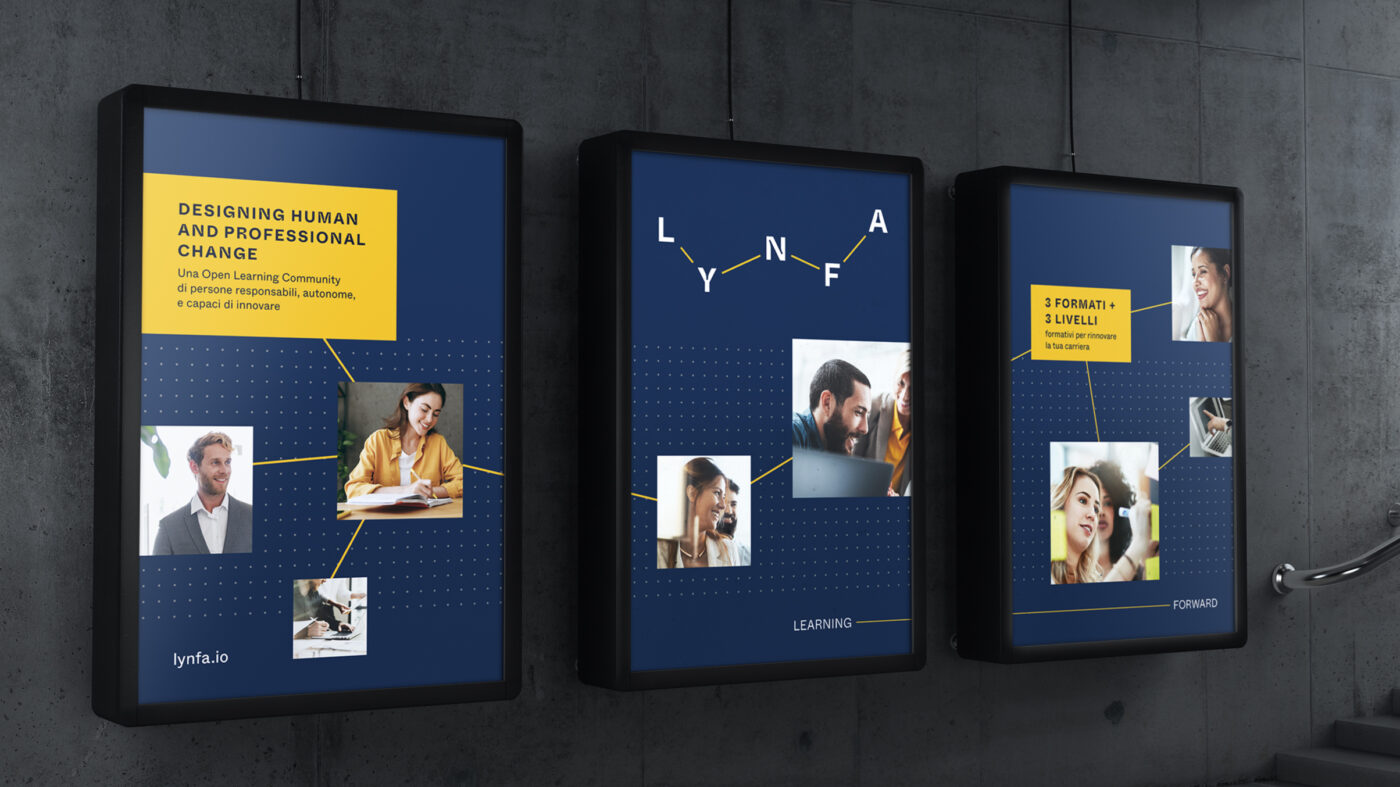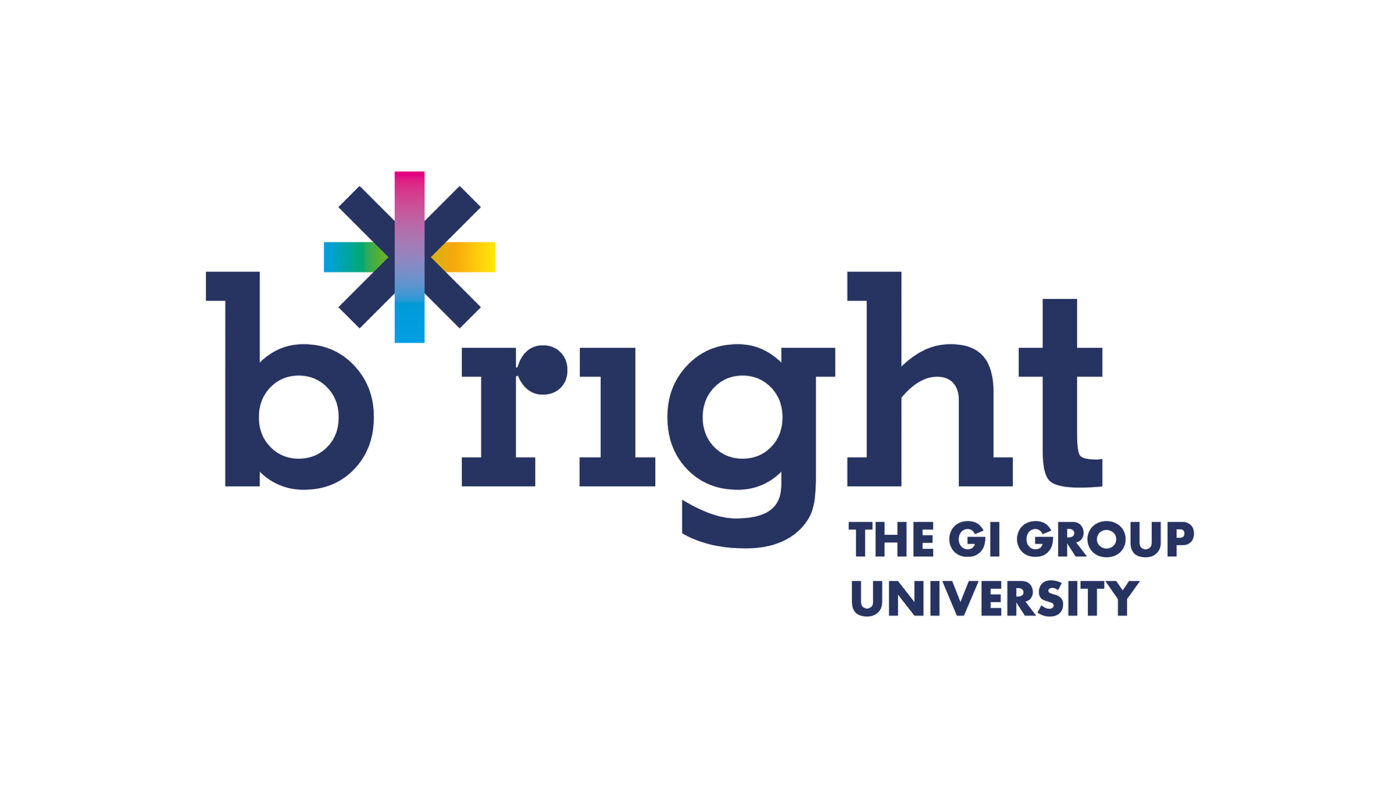France
Paris
Switch to your local agency
Retour au menu
It is one of the most recent evolutions in the history of branding and, at the same time, one of the most exciting ones. The awareness that a brand needs to be relevant internally as well, not just directed towards customers and external audiences, has changed branding strategies and, more fundamentally, the strategic thinking underlying them, leading to the emergence of new practices, methods, and tools.
In many cases, the implementation of employer branding strategies leads to increased effectiveness of activities belonging to the “traditional” sphere of branding, with positive impacts on crucial factors such as productivity, customer experience, and brand perception.

These are topics that we have recently encountered during the development of Employer Love Branding, the editorial project by CBA Italy dedicated to employer branding and specifically to the enhancement of the brand in the relationship between companies and employees, launched last February.

It has been a journey in which we sought to understand how to define and elevate the role of the brand in internal engagement, attempting to grasp how the application of the principles of an Employer Love Brand can bring real benefits to companies.
These are far from academic discussions, especially in a historical moment where companies are daily confronted with a dynamic and challenging labor market, where attracting, acquiring, and retaining talent has become increasingly difficult. Employer branding becomes an essential weapon within this context, leveraging various spaces, languages, and tools.
Among the most modern and widespread tools, both in Italy and abroad, are Corporate Academies.These are structures of continuous and permanent training within companies. There are different types of Corporate Academies, primarily based on their organizational aspects. The main distinction lies between 100% internal Academies, open only to employees, and entities that originate within companies but are also accessible to external individuals, whether potential talents, suppliers, stakeholders, or simply those interested in the knowledge offered.

Corporate Academies contribute to several objectives. The first one is, of course, specific training, through the dissemination of valuable technical and non-technical content. Alongside this, there is the function of positioning and awareness towards the external world of the company, especially when it comes to “open” academies. Careful strategic planning and coherence of the Academy generally contribute to strengthening the brand’s positioning in the target market, as well as becoming an important part of the company’s reputation.
However, the impact that Academies can have on employer branding-related topics is also significant. This includes aligning corporate values with employees’ personal values, defining codified approaches and methods, creating new spaces for sharing, and becoming a powerful lever for attracting potential talents and retaining those who are already part of the company.
Certainly, from a strategic standpoint, the design and implementation of an Academy (or University, as they are sometimes called) raise questions about brand architecture, particularly regarding the relationship with the Corporate brand. Based on our understanding of the target market (which led to the completion of one of our recent projects, the branding project for Lynfa, the Corporate Academy of Gruppo Sella, we have identified three main scenarios:
In the first scenario, the familiarity between the Academy and the Corporate brand is evident and explicit, highlighting a strong alignment in positioning between the brand and its Academy. An example of this is the Mastercard Academy.

The second scenario is a hybrid one: the Academy carves out its own space of independence from the Corporate brand, sharing either visual/textual identity or the content covered, but not both. A typical example of this is b*right, the corporate university of GiGroup.

Lastly, the third approach is when the Academy becomes a separate entity, with its own independent positioning, visual identity, and communication. An example of this scenario is Go Beyond Academy, the school of Sisal dedicated to innovation and the startup community.

The choice among these different options ultimately comes down to strategy and must align with the company’s objectives, whether they are overall goals or related to employer branding. For instance, if the primary need is to strengthen the values connection with employees, the first scenario will be the most effective, both in terms of brand architecture and in the content and organizational choices of the Corporate Academy.
On the other hand, a hybrid approach may be more suitable in cases where the need for employer branding is to convey the existence of “free spaces” for knowledge sharing, innovation, as well as personal ideas and ambitions. This scenario is ideal for showcasing talent and finding new ways to enhance its value.
The third scenario, Self Standing, being the most independent from the mother brand, proves particularly fitting (as in the case of Lynfa) in situations where the employer branding objective is to be open to the outside world, such as talent attraction and acquisition.
Fabio Pisanu, Communication Strategist
Privacy Overview